Wind energy is a cornerstone of the global shift toward renewable energy sources, but its intermittent nature presents significant challenges for grid stability and reliability. As wind power generation fluctuates based on weather conditions, integrating it effectively into the energy grid requires innovative storage solutions. This article explores various wind energy storage technologies and strategies designed to address the challenges of intermittency.
1. Understanding the Intermittency Challenge
The primary challenge of wind energy is its variability; wind generation can be unpredictable and inconsistent. During periods of low wind, electricity generation can drop significantly, creating a mismatch between supply and demand. This intermittency can lead to grid instability, necessitating effective energy storage solutions to ensure a continuous power supply.
2. Types of Energy Storage Solutions
Several storage technologies are being explored and implemented to overcome the intermittency of wind energy:
a. Battery Storage:
- Lithium-Ion Batteries: Widely used for short-term energy storage, lithium-ion batteries can quickly respond to changes in electricity demand. They are effective for smoothing out short-term fluctuations in wind energy generation. Their efficiency and declining costs have made them a popular choice for both utility-scale and residential applications.
- Flow Batteries: These batteries provide longer-duration storage compared to lithium-ion. They are particularly useful for integrating wind power into the grid, as they can store large amounts of energy generated during windy periods for use during calm times.
b. Pumped Hydro Storage: Pumped hydro storage is one of the oldest and most established forms of energy storage. It works by using surplus energy to pump water uphill to a reservoir. When energy is needed, the stored water is released to generate electricity by flowing back down through turbines. This method is highly efficient and can store large amounts of energy, although it requires suitable geographical locations.
c. Compressed Air Energy Storage (CAES): CAES systems use excess wind energy to compress air, which is stored in underground caverns or containers. When electricity is needed, the compressed air is released and heated to drive a turbine, generating power. This technology is particularly advantageous for large-scale storage, although it is less commonly deployed than other methods.
d. Thermal Energy Storage: In some cases, excess wind energy can be converted into heat, which is then stored in materials such as molten salt or water. This thermal energy can be used later to produce steam and generate electricity or for heating applications. This solution offers a unique way to utilize excess wind energy while providing flexibility in energy supply.
3. Innovations and Emerging Solutions
The wind energy storage sector is continuously evolving, with research and development focusing on improving existing technologies and discovering new methods. Innovations such as advanced materials for batteries, improved efficiency in pumped hydro systems, and hybrid energy storage systems that combine multiple technologies are being explored.
Grid-Scale Solutions: Integrated energy systems that combine wind, solar, and storage technologies are gaining traction. These hybrid systems can provide a more stable and reliable energy supply by leveraging the strengths of each technology.
4. Policy and Investment Support
Government policies and incentives play a crucial role in promoting the development and deployment of wind energy storage solutions. Support for research and development, as well as financial incentives for energy storage projects, can accelerate the adoption of these technologies. Collaborative efforts between public and private sectors are essential for scaling up storage solutions to meet growing energy demands.
Conclusion
As wind energy continues to expand as a vital component of the global energy mix, addressing its intermittency challenges through effective storage solutions is imperative. By leveraging a variety of storage technologies—such as batteries, pumped hydro, compressed air, and thermal storage—utilities and grid operators can enhance the reliability of wind energy. Ongoing innovations and supportive policies will further advance these efforts, paving the way for a sustainable energy future powered by wind. The transition to renewable energy is not just about generating clean power; it’s also about ensuring that power is available when and where it is needed.
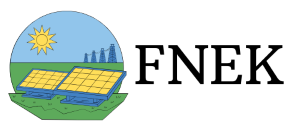
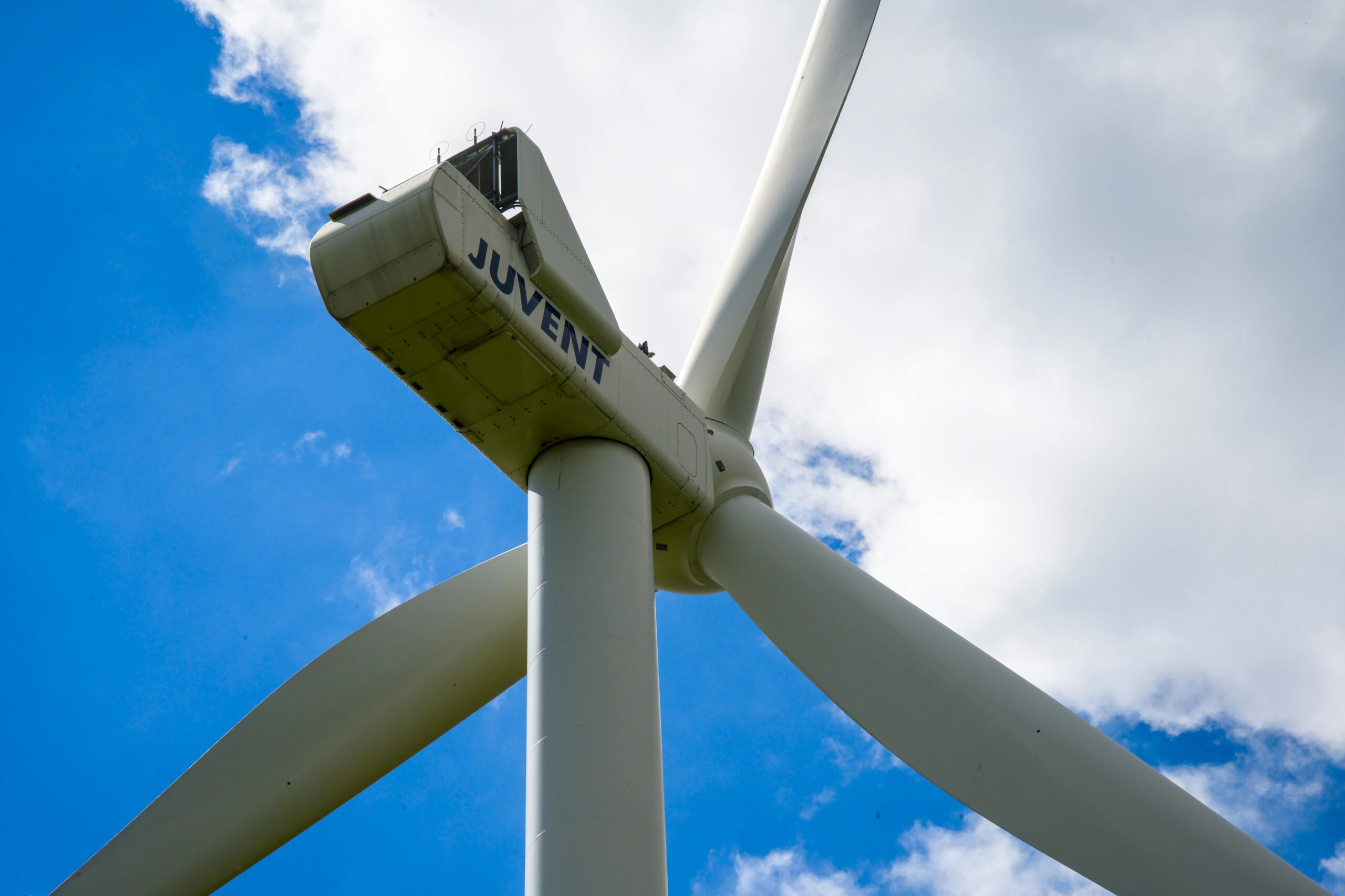
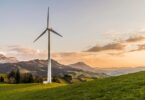
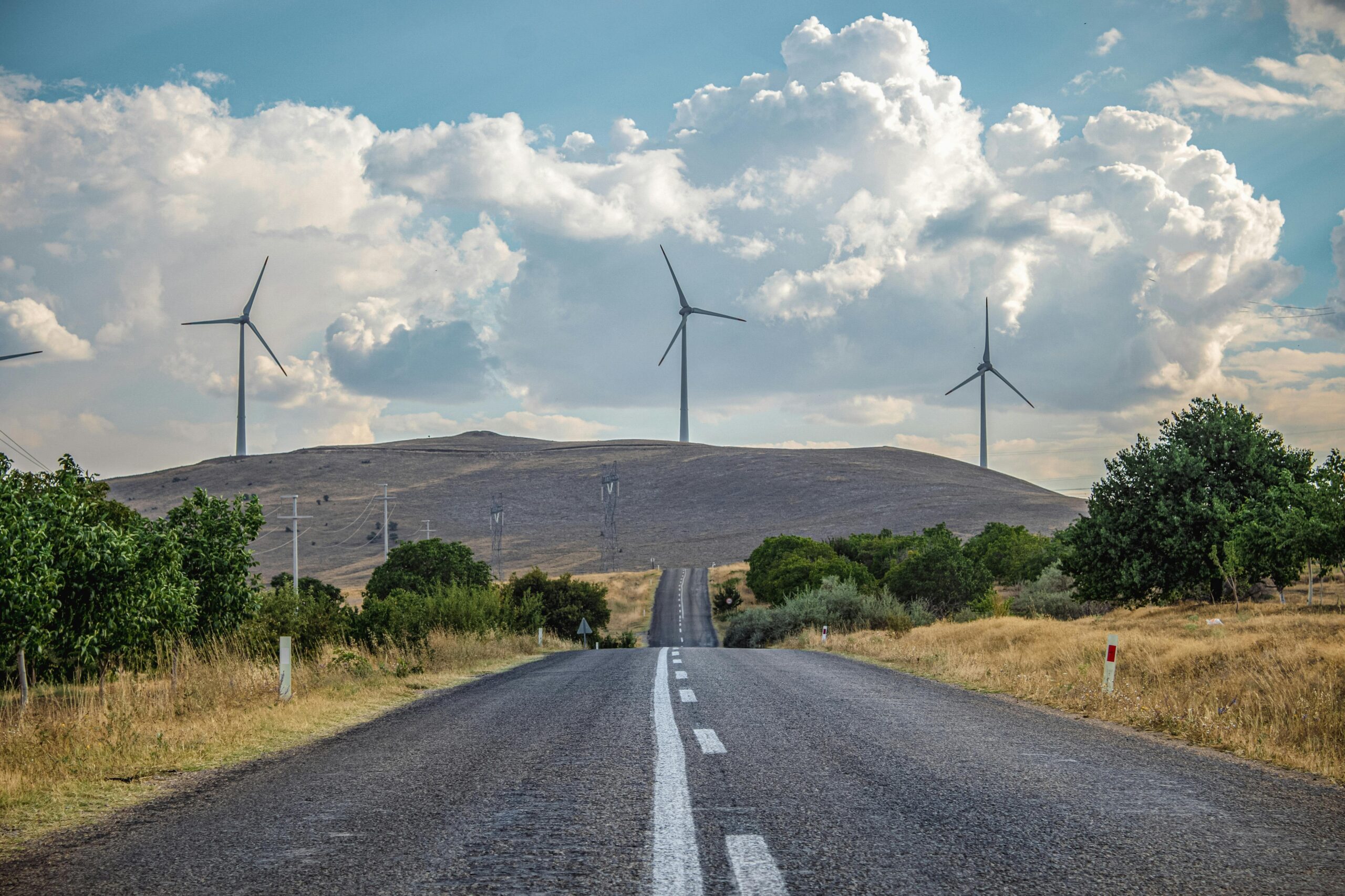



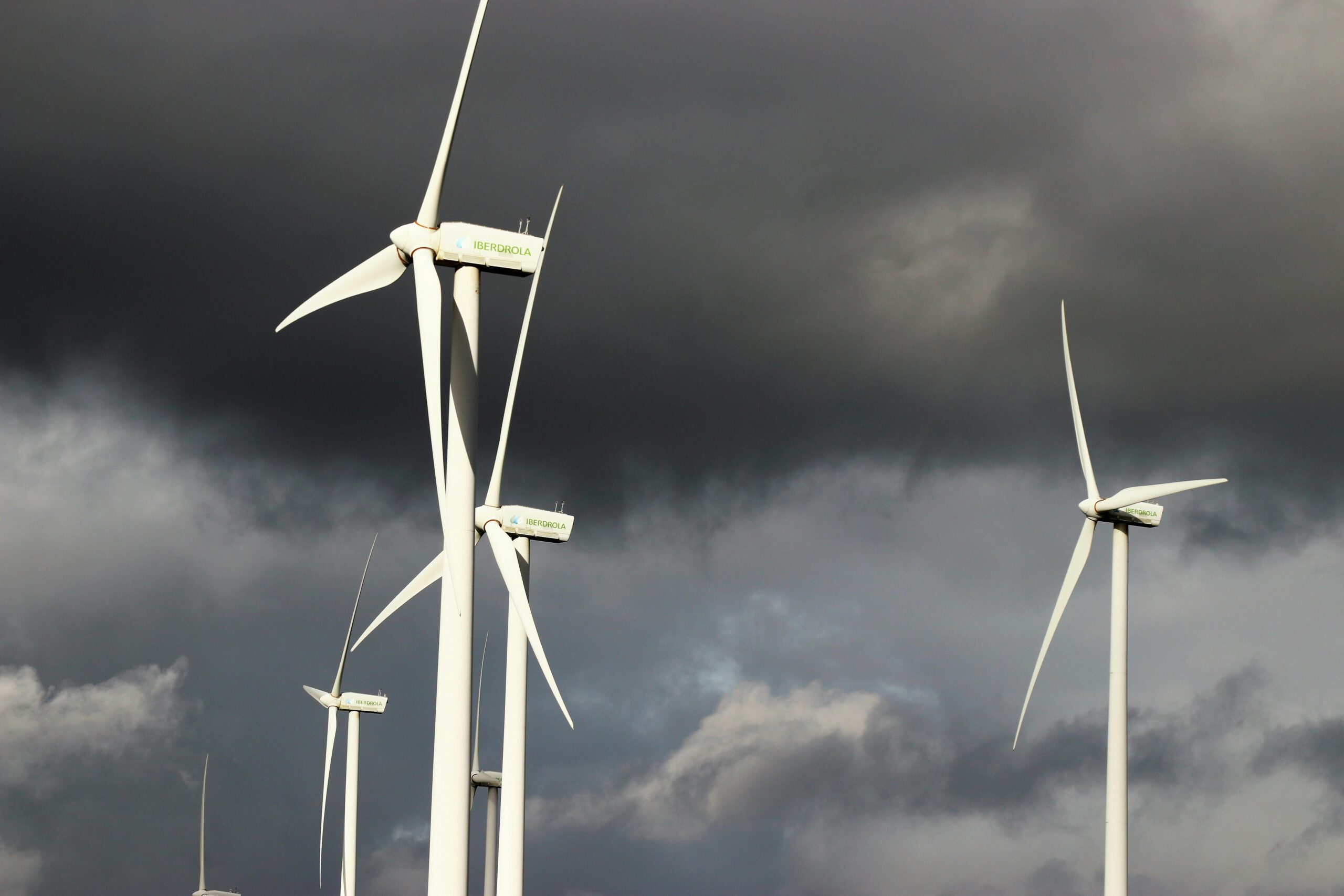
Leave a Comment